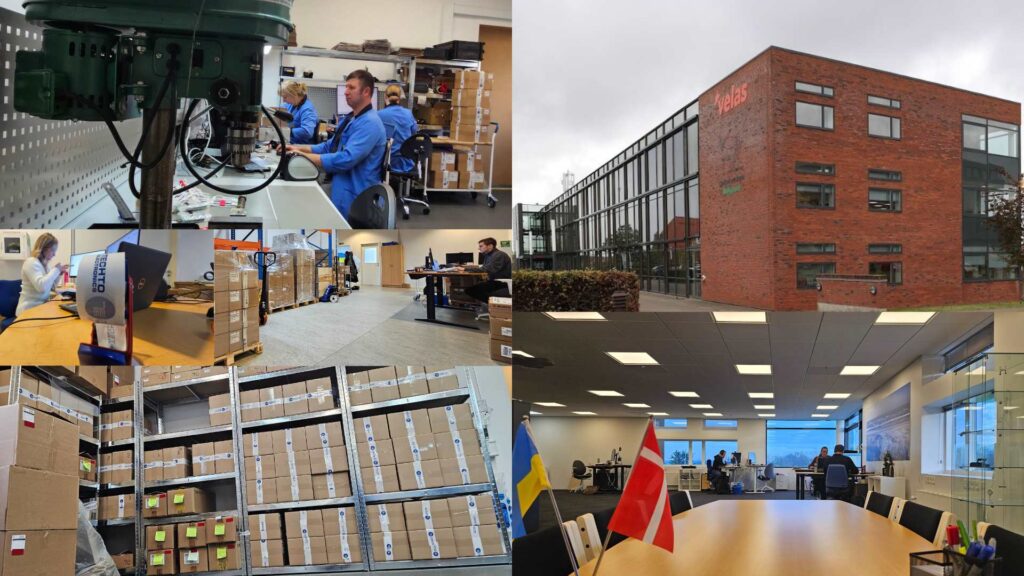In the last 4-6 months the market for electronic components has seen an increase in the demand for semiconductors to the extent that manufacturers cannot keep up. At EKTOS we have also observed increasing prices and longer lead times, in some cases up to 20 weeks in production volumes but in rare cases longer than one year.

Why is there a shortage in the first place?
Several factors are influencing the global production capacity of semiconductors. MarketWatch lists several market trends:
- The trend in the past years has been to add electronics to more and more products, including products that were historically without electronics.
- The technology keeps evolving, and microchips continue to get smaller, but the number of factories (fabs) that are equipped with the latest production methods is not increasing at the same rate.
- When the global pandemic broke out the demand for user electronics increased dramatically which was the last straw.
Harvard Business Review adds geopolitical reasons and bad luck to the list:
- When the Trump administration tightened regulations on the sales of semiconductors to Chinese companies, the same companies responded by stocking up on microchips while American companies were cut off from chips produced by China’s Semiconductor Manufacturing International Corporation.
- In July and October 2020, two advanced Japanese factories had to shut down production due to fires at their facilities. One of the factories is still down.
In short, the supply chain has not been sufficiently robust to mitigate the risks and to keep up with the growing demand. This has led leaders in the US and the EU to conclude that it is necessary to build fabs locally. However, such efforts will not result in an increased capacity for another 3-5 years as fab construction is very capital-intensive and advanced.



